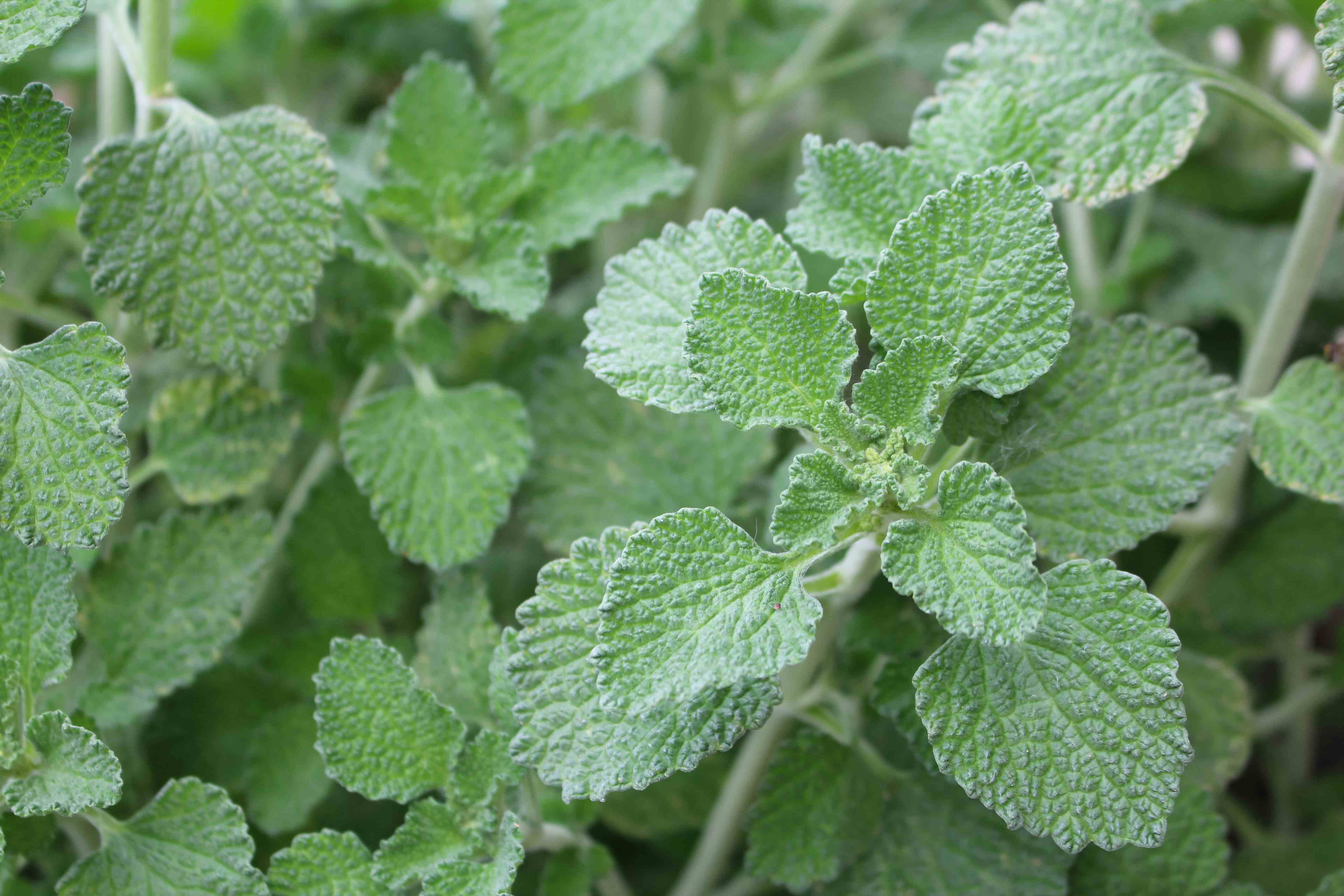Horehound

“You see, I produce all kinds of saps. They keep me healthy, they protect me from being chewed up or stressed out. Some of the saps are bitter, so they repel insects. But humans might be much attracted to them.”
Bitter for the better
Horehound (Marrubium vulgare) was once the star of herbal medicine. And rightly so. Originally from the Mediterranean and Central Asia, this bitter herb was in high demand in the Orient and throughout Europe. It was so popular that even the Vikings traded in horehound. In the Middle Ages, the herb was used to treat constipation and jaundice.
An ancient naturalist called horehound “one of the most excellent herbs”. Horehound was a bitter medicine. Some say that “Marrubium”, the Latin name for horehound, comes from the Hebrew and is a combination of “Mar” (bitter) and “Rob” (juice). Hence the expression “bitter medicine”.
Facts and Figures
- The Roman physician Celsus listed horehound in his book De Medicina.
- Horehound contains bitter components, flavonoids, alkaloids, pectin, and many other ingredients.
- 3
- The horehound's cultivation period lasts three years. After that, it must be reseeded.
FAQ
The content on this webpage is provided for informational purposes only, it does not substitute professional medical advice or seeing a doctor, and it should not be used for any promotional purpose of our products.

